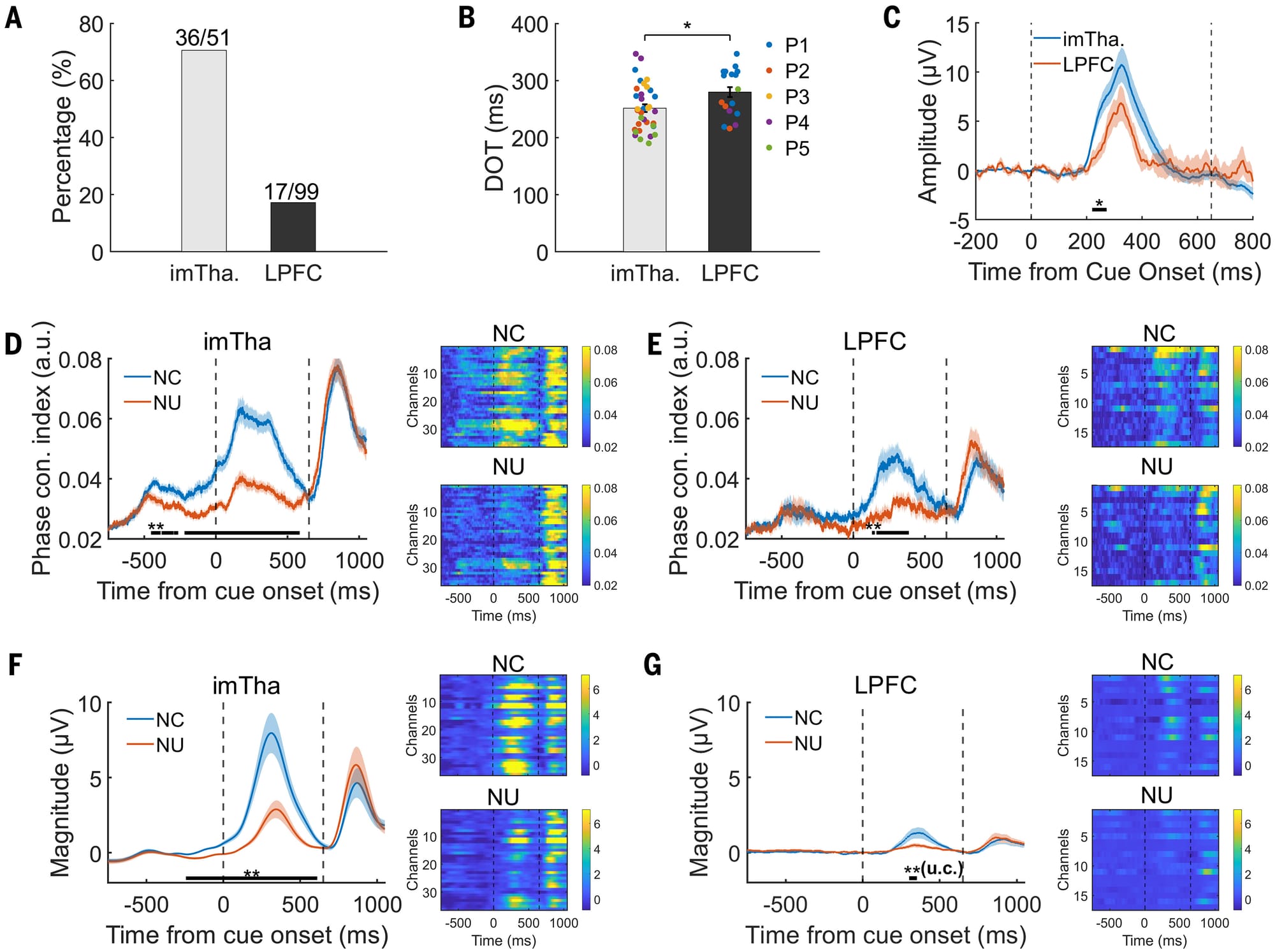How does the brain control perception of everything around us?
Deep brain structures play a key role in filtering out what we perceive

At any given moment, we're surrounded by thousands of stimuli!
Even now, while you're reading this, you're probably sitting down somewhere focused on the words that are passing before your eyes.
But what about all of the things around you?
Maybe you're in a coffee shop or on a train, how does your brain decide to let you focus on these words and not the people walking by, the sounds you're hearing in the background, or the icons flashing in the notification bar on your phone or computer screen?!
Awareness of the world around you (either your physical environment or the thoughts in your head) is referred to as consciousness.
But you can't be conscious of everything that's happening in your brain or your surroundings, so how does the brain decide what you perceive at any given moment?
This has been an unanswered question for a very long time, but studies of the brain have shown that the prefrontal cortex (PFC) and especially the lateral portion (LPFC) are involved in consciousness perception.
But much of what we know about consciousness perception, particularly in humans, is limited to studying the outer structures of the brain.
This is because studying the inner structures requires highly invasive surgery; however, recent studies of the brains of mice have shown that while consciousness perception does involve the LPFC, other, deeper brain structures like the thalamus might play a significant role in filtering what the brain focuses on.
Brain modeling studies corroborate this 'thalamic' hypothesis that it plays an important role in gating consciousness perception before passing those signals to the outer structures of the brain.
But the brains of mice don't always behave the same way that our brains do!
Fortunately, researchers at Beijing Normal University realized they had access to the perfect test population for studying consciousness perception in humans.
They had 5 patients enrolled in a headache study who had stereoelectroencephalography (sEEG) electrodes implanted in their PFC and thalamus.
These electrodes can be used to stimulate the brain or to measure brain activity in the structures where they've been implanted.
And since these participants were otherwise healthy individuals, they were ideal test subjects for a consciousness study.
They were subjected to a novel visual perception test and their brain activity was measured to see how it changed when they indicated they perceived a visual cue vs when they didn't perceive that cue.
The perception results can be seen in the figure above which shows that consciousness signals were much stronger in the thalamus than in the LPFC (A) and the thalamus perceived these signals about 200ms sooner than the LPFC (B). C) shows a graph of the amplitude of the signals measured in each brain region. D,E,F, and G) break this out further by comparing conscious (NC) detection of the visual cue to non-conscious (NU) detection and you can see the signals appear sooner and stronger in NC than NU (peak between dashed lines). Dashed lines here indicate the duration of the visual cue followed by a second, much more obvious, visual cue for the participant to signal if they saw the first visual cue.
These results indicate that consciousness perception originates in the Thalamus (specifically the intralaminar and medial thalamic nuclei) and connects to the prefrontal cortex.
The results also corroborate those previous findings in mice!
This work is important because it provides a new understanding of how deep brain structures like the thalamus contribute to consciousness perception.
